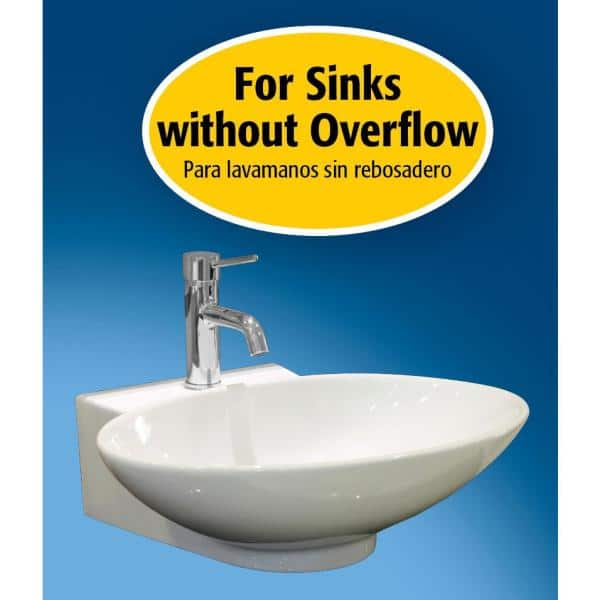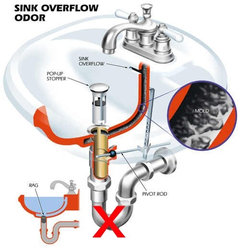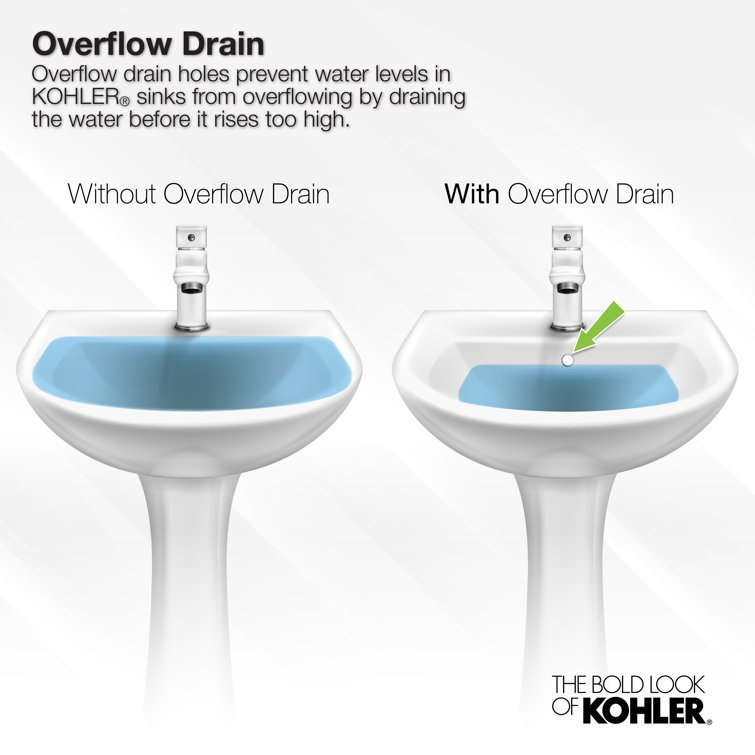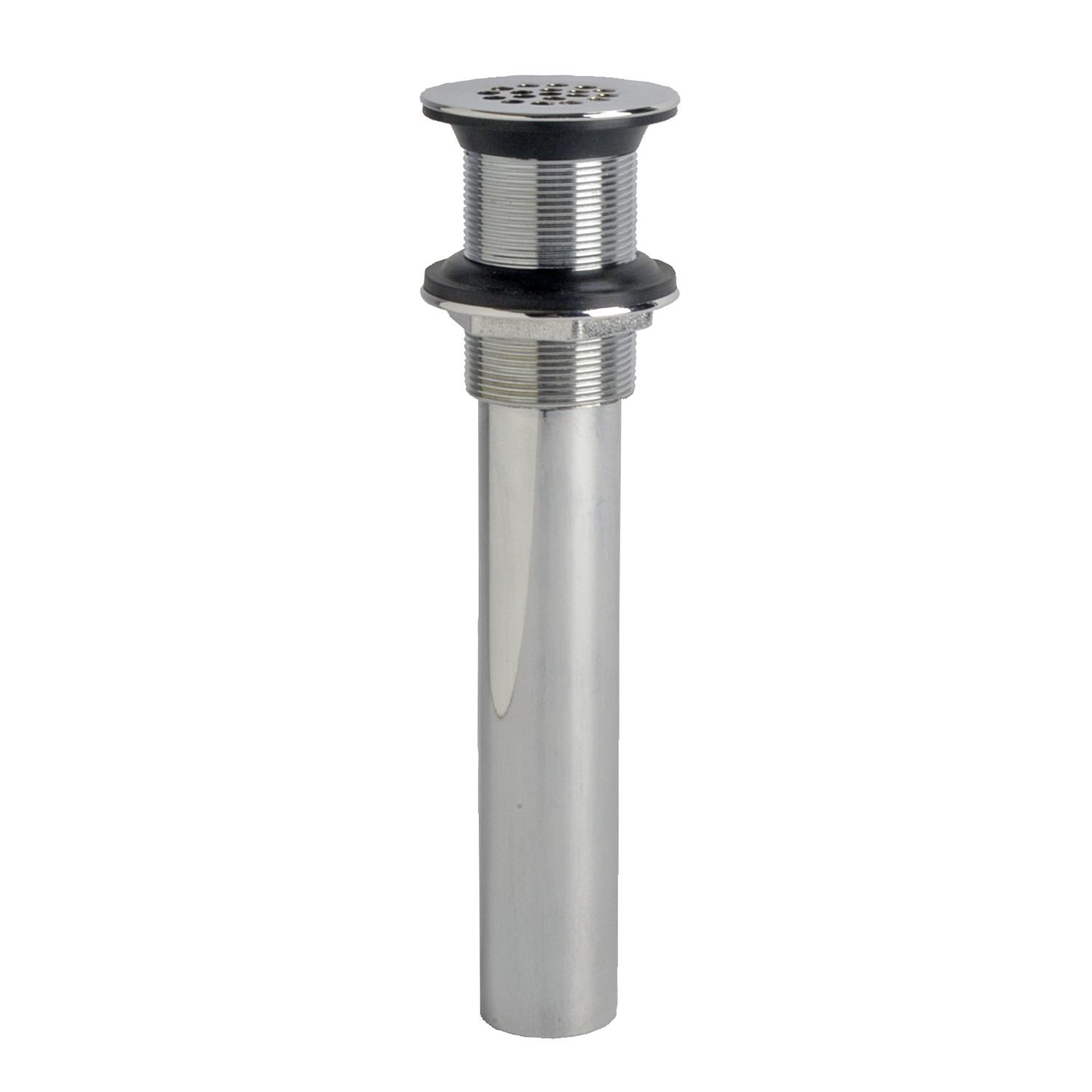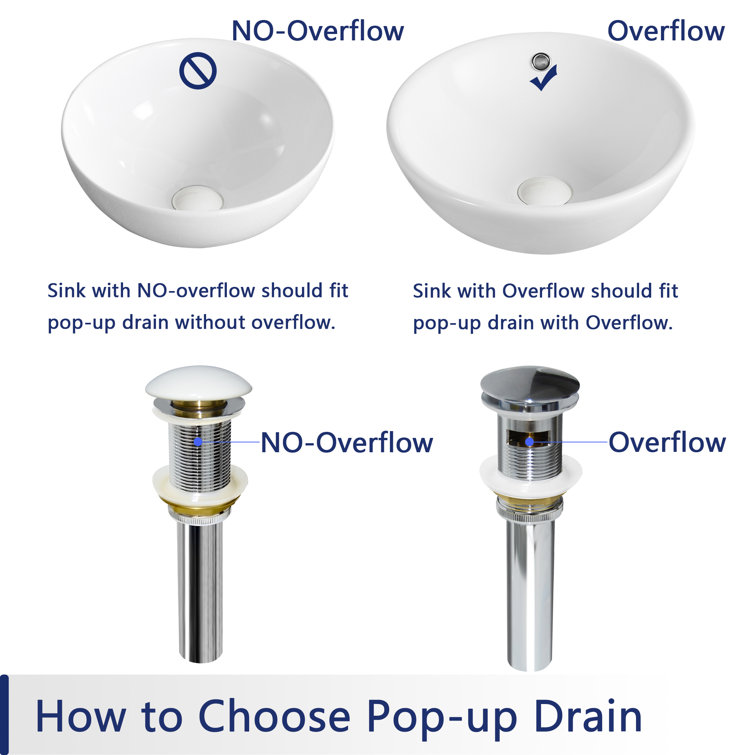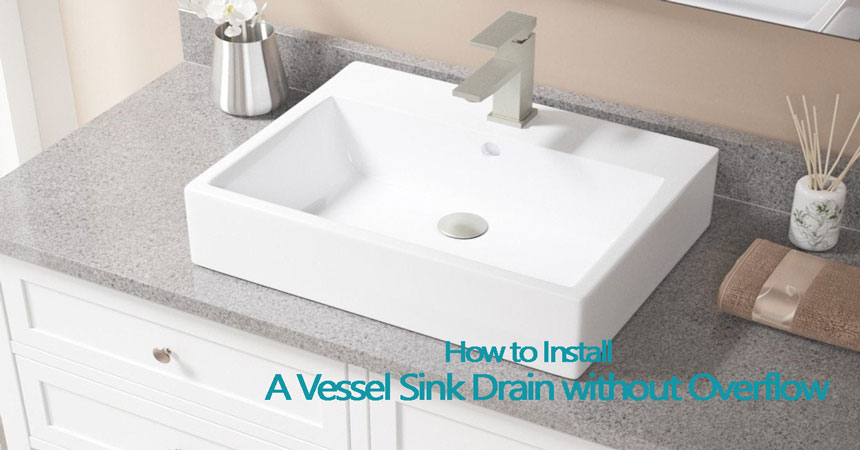The Benefits of a Bathroom Sink Without Overflow
Bathroom sinks are an essential fixture in any home, and choosing the right one can make a significant impact on both aesthetics and functionality. One option to consider is a bathroom sink without an overflow. Here are the benefits of choosing a sink without overflow and why it might be the perfect choice for your bathroom.
- Minimalistic Design: Bathroom sinks without overflow offer a clean and minimalistic look that can elevate the overall design of your bathroom. With no visible drain holes, these sinks provide a sleek and seamless appearance that adds a touch of sophistication to any bathroom decor.
- Increased Counter Space: Without the need for an overflow drain, bathroom sinks without overflow can offer more counter space. This extra space can be utilized for storing toiletries or displaying decorative items, allowing you to maximize functionality without compromising on style.
- Easier Cleaning: Overflow drains can be a breeding ground for bacteria and grime, making cleaning a tedious task. By opting for a bathroom sink without overflow, you eliminate this potential problem and simplify your cleaning routine. With a smooth surface, these sinks are easier to wipe down and maintain, ensuring a hygienic environment.
- Versatile Installation: Bathroom sinks without overflow come in a variety of installation options, providing flexibility to suit your bathroom layout. Whether you prefer a wall-mounted sink, a countertop vessel sink, or an undermount sink, you can find a sink without overflow to fit your desired installation style.
- Enhanced Durability: With no overflow drain, bathroom sinks without overflow are built to be more durable. Manufacturers can focus on creating a solid basin structure, ensuring that the sink can withstand everyday use without the risk of leakage or damage. This added durability makes them a wise investment for long-term use.
Choosing a Bathroom Sink Without Overflow
Introduction: When it comes to choosing a bathroom sink without overflow, there is a wide range of design options available. Each design offers its unique features and characteristics, allowing you to find the perfect match for your bathroom. Let’s explore some popular design options for sinks without overflow.
Vessel Sinks: Vessel sinks are a popular choice for bathroom sinks without overflow. These sinks sit on top of the countertop, creating a visually striking centerpiece in your bathroom. Vessel sinks come in various materials such as porcelain, glass, or stone, allowing you to choose a design that complements your overall bathroom aesthetics.
Wall-Mounted Sinks: For a sleek and space-saving option, wall-mounted sinks without overflow are an excellent choice. These sinks are attached directly to the wall, leaving the floor space beneath the sink open and creating an illusion of more space in smaller bathrooms. Wall-mounted sinks are available in various shapes and sizes, making them versatile for different bathroom styles.
Undermount Sinks: If you prefer a clean and seamless look, undermount sinks without overflow are worth considering. These sinks are installed beneath the countertop, creating a smooth transition from the counter to the sink basin. Undermount sinks are known for their easy maintenance and clean lines, making them a popular choice for modern and minimalist bathroom designs.
Pedestal Sinks: For a classic and elegant look, pedestal sinks without overflow are an ideal option. These sinks are supported by a pedestal base, which not only adds charm to your bathroom but also conceals plumbing pipes. Pedestal sinks come in various styles, from vintage-inspired to contemporary, allowing you to create a timeless and sophisticated bathroom design.
Integrated Sinks: Integrated sinks without overflow offer a seamless and cohesive look by combining the sink and countertop into one piece. This design eliminates any visible seams or joints, creating a sleek and contemporary appearance. Integrated sinks are available in different materials, such as solid surfaces or quartz, providing durability and versatility in design.
Maintenance and Cleaning Tips
Proper maintenance and regular cleaning are essential to keep your bathroom sink without overflow looking pristine and functioning well. Here are some useful tips to help you maintain and clean your sink without overflow.
Regular Cleaning: To prevent the buildup of grime and mineral deposits, make it a habit to clean your sink regularly. Use a non-abrasive cleaner or a mixture of mild soap and warm water. Gently scrub the sink surface with a soft cloth or sponge, paying attention to hard-to-reach areas.
Avoid Harsh Chemicals: When cleaning your sink, avoid using harsh chemicals or abrasive cleaners, as they can damage the sink’s surface. Instead, opt for gentle cleaning solutions that are safe for the material of your sink. Always check the manufacturer’s guidelines for recommended cleaning products.
Prevent Stains and Scratches: To maintain the beauty of your sink, avoid leaving toothpaste, cosmetics, or colored liquids on the surface for an extended period. These substances can cause stains or discoloration. Additionally, use a soft cloth or sponge when cleaning to prevent scratches on the sink’s surface.
Regular Inspection: Periodically inspect your sink for any signs of damage or leakage. Check the sealant around the sink and ensure that it is intact. If you notice any issues, such as cracks or loose fittings, address them promptly to avoid further damage.
Prevent Clogs: While sinks without overflow are less prone to clogging, it’s still essential to practice preventive measures. Use drain strainers or stoppers to catch hair, debris, and other particles that could potentially cause a clog. Regularly remove and clean these strainers to maintain proper drainage.
How to Prevent Overflow in a Bathroom Sink Without Overflow
Although bathroom sinks without overflow are designed to prevent overflow incidents, it’s still crucial to take precautions to avoid any potential water damage. Here are some tips to help you prevent overflow in your bathroom sink without overflow.
Monitor Water Flow: When using the sink, be mindful of the water flow and avoid leaving the faucet unattended. Keep an eye on the water level, especially when filling the sink for various tasks like shaving or washing delicate items.
Avoid Overfilling: To prevent overflow, never overfill the sink with water. Only fill the sink to the necessary level for your intended use. If you need more water, consider using a basin or a bucket as an alternative.
Install a Water Level Sensor: For added safety, you can install a water level sensor in your bathroom sink. These sensors can detect when the water level reaches a certain point and automatically shut off the water flow, preventing overflow incidents.
Regularly Inspect and Maintain Plumbing: Ensure that your plumbing system is in good condition. Regularly inspect and maintain the pipes, seals, and connections that are associated with your bathroom sink. Any signs of leakage or damage should be addressed promptly to prevent potential overflow incidents.
Educate Household Members: Make sure everyone in your household is aware of the importance of preventing overflow in the bathroom sink without overflow. Educate them on proper water usage and encourage responsible habits such as turning off the faucet when not in use.
Installing and Using a Bathroom Sink Without Overflow
When installing and using a bathroom sink without overflow, it’s important to prioritize safety. Here are some essential safety considerations to keep in mind.
Professional Installation: If you’re not experienced in plumbing or installing bathroom fixtures, it’s recommended to hire a professional for the installation of your bathroom sink without overflow. This ensures that the sink is correctly and securely installed, minimizing the risk of any accidents or damage.
Secure Mounting: Ensure that the sink is properly mounted and securely attached to the wall or countertop. This prevents any wobbling or instability, reducing the risk of accidents and potential damage to the sink or surrounding areas.
Follow Manufacturer Guidelines: Always follow the manufacturer’s guidelines and instructions for the proper use and maintenance of your bathroom sink without overflow. This includes any cleaning recommendations, installation requirements, and safety precautions specific to your sink model.
Childproofing: If you have young children in the house, take steps to childproof the bathroom sink area. Install childproof locks on cabinets or drawers beneath the sink to prevent access to potentially harmful cleaning products. Additionally, consider using faucet covers to minimize the risk of accidental scalding.
Regular Inspection: Periodically inspect the sink and its surrounding area for any signs of damage or wear. Check for loose fittings, cracks, or any other issues that may compromise the safety and functionality of the sink. Address any concerns promptly to ensure a safe environment in your bathroom.
Bathroom sinks without overflow offer several benefits, including a minimalistic design, increased counter space, easier cleaning, versatile installation options, and enhanced durability. When choosing a sink without overflow, consider various design options such as vessel sinks, wall-mounted sinks, undermount sinks, pedestal sinks, and integrated sinks.
Proper maintenance and cleaning are essential to keep your sink in excellent condition. Take precautions to prevent overflow incidents and prioritize safety during installation and use. By understanding the benefits and considerations associated with bathroom sinks without overflow, you can make an informed decision that best suits your needs and preferences.
Confused about bathroom sink drains with and without overflow.
Devonshire Ceramic Oval Undermount Bathroom Sink with Overflow
KES Bathroom Sink Drain without Overflow Vessel Sink Lavatory
Bathroom Sink Grid Drain without Overflow in Chrome – Plumbing
DeerValley Pop-Up Bathroom Sink Drain with Overflow u0026 Reviews
How to Install a Vessel Sink Drain without Overflow
Aquaterior 1 3/8″ Bathroom Faucet Vessel Vanity Sink Pop Up Drain Stopper Without Overflow Antique Copper
Related Posts:
- Contemporary Bathroom Vanity
- Small Bathroom Sink And Vanity Combo
- Bathroom Sink Pedestal Cabinets
- Bathroom Sink Plumbing Installation
- Black Bathroom Sink And Toilet
- Bathroom Sinks With Glass Countertop
- Bathroom Sink Double Faucet
- Kohler Bathroom Sink Drain Parts
- Bathroom Sink Leak Repair
- Bathroom Sink Drain Trap



